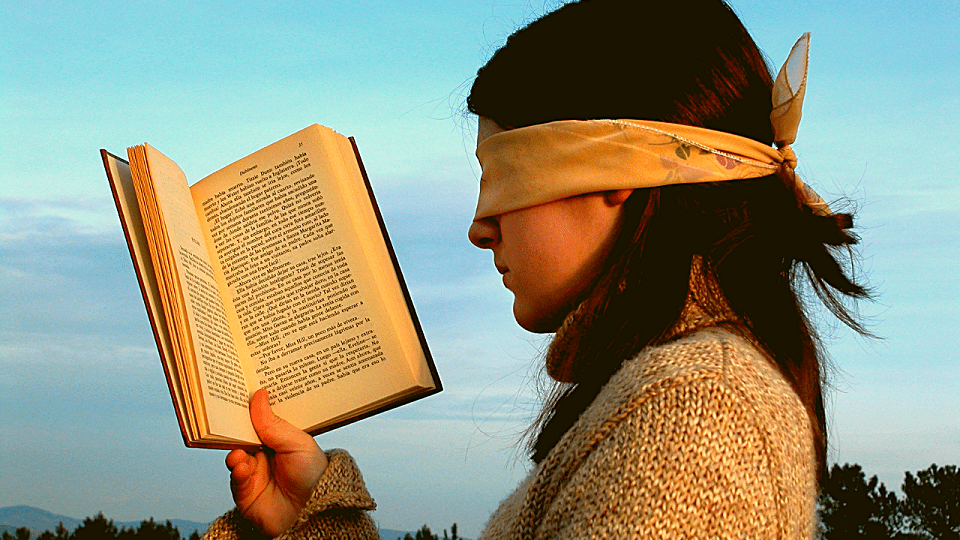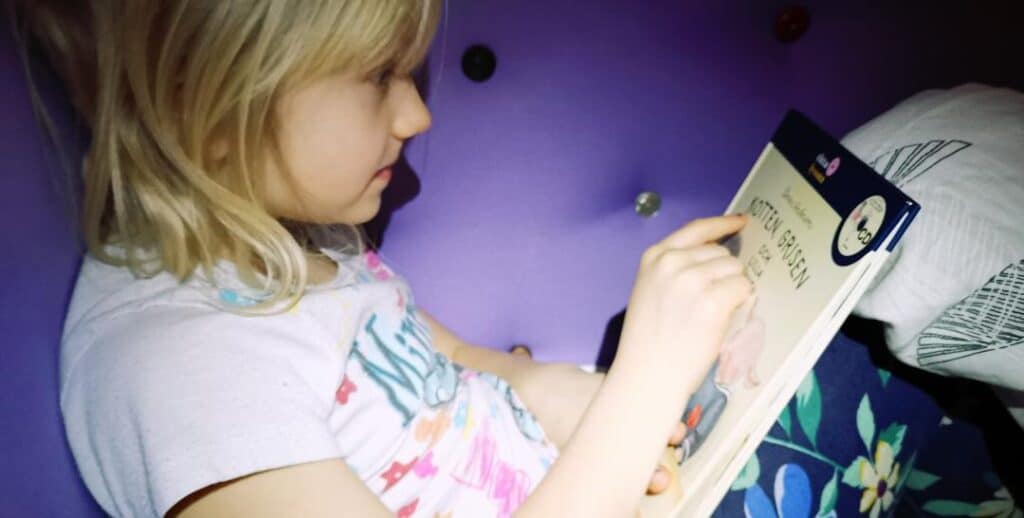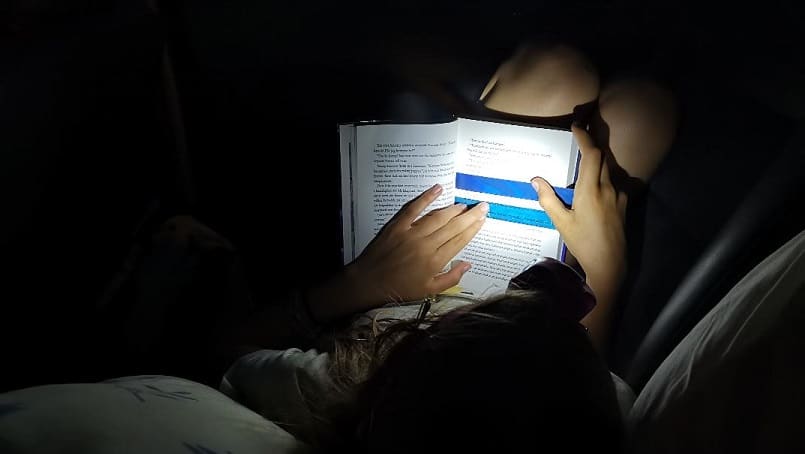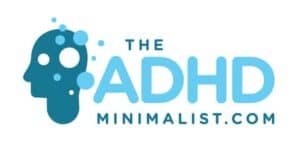
If you’re wondering how to teach your child who has dyslexia to read, you’re in the right place.
I have two children diagnosed with ADHD and dyslexia and a third child who is trying to learn to read and constantly switching letters around. She’s too little for her school to do a formal dyslexia screening, but judging from experience, she’ll need a dyslexia diagnosis as well.
Being dyslexic myself, I’m sympathetic to the struggles of dyslexic children learning to read. I was a slow reader, and my mother thought, ‘Practice makes perfect,’ she required me to read half an hour most days during our homeschooling years.
I didn’t communicate that practice = frustration to my mom because I thought most kids had problems like I did. I was stuck trying to read the same paragraph for thirty minutes, and I couldn’t remember what I read to follow the story! They later found out I had light dyslexia and eye-tracking problems.
This post is a plea to parents teaching children to read. Please keep an open mind. We all like to think our precious children are perfect, but if reading doesn’t come easily, search for answers before your child gets frustrated and gives up.

1. Use books with simple typesnitt.
I asked my daughter to read a children’s book with embellished fonts, and she cried. She couldn’t read bubble letters, letters with extra curlicues, and fonts that outlined letters, among other things. Basically, any font with embellishments added to her reading frustration.
Basic fonts like the one I’m using now or Arial are best for kids with dyslexia.
Reading material for schools often has the correct fonts for dyslexic kids, but not always. Your local librarian is a good person to ask if you feel lost in a sea of children’s literature.
2. Hang problem letters on the fridge, and practice their sounds often.
We all learn to read by memorizing how letters sound. If your child has trouble distinguishing between D, B, and P, as my daughter does, put hard letters on the fridge and practice as a natural part of your day.
I ask my daughter to read four lines in a book or practice how difficult letters sound before she gets to do fun things. For example, before she gets a cookie, plays on her iPad, or before her friend comes over. It doesn’t take much time, and it’s easier to swallow when something fun follows.
Common capital letters to mix up are P and R, K and R, and D, B, and P. The most common lower case letters to exchange are d and b. My daughter mixes up d, b, and p as well as w and m, n and m, and R and K. Print the letters your child struggles with most (Max four at a time) in a simple font and as big as possible. It’s best to use one regular sheet of printer paper for one letter and print the letters in capital and lower case on the same sheet.

3. Make reading a sensory experience.
Use spray cream or shaving cream to practice writing letters, form letters with dried beans, or pour sand (or rice) on a tray and draw letters with your fingers!
Use alphabet cookies to make words before eating them or spell with letter pasta. There are endless fun sensory experiences that teach children letters and words.
Kids with dyslexia are often extra creative. Creativity is their super-power, and tapping into that when teaching accelerates learning.
4. Chose books with left justified black letters on white paper.
My kids and those I interviewed about dyslexia agree that reading is easier with black letters on white paper justified left.
Some adults with dyslexia told me that it helps when pictures are also justified left.
Colors that were unanimously hard to read text on (for those I interviewed) include yellow, orange, red, black, navy, and turquoise. These colors shouldn’t be the background colors of books designed for dyslexic children.
On the other hand, using different colored cellophane paper overlays helps some children with dyslexia. (See picture below)

5. Turn reading into a tapping game. Tap out sylables.
Tapping usually appeals to musical children, and it’s a way to find the rhythm of reading and words. Taping out sight words can help kids recognize them faster.
Longer words are more fun, for example, tel-a-vision, but grouping words into phrases makes taping one-syllable words easier. Phrases like ‘Eating cookies’ or ‘Bake a cake’ are fun to tap out.
Reading rhyming books encourages dyslexic kids to find the rhythm of words. There is a reason Dr. Sues is so popular. My youngest wants to read Whacky Wednesday, Horton Hears a Who, and There is no Place like Space till they’re worn out!
6. Sit beside your child when they read and correct mixed up letters.
My daughter and I are at the stage where she can sound out shorter words but needs some help with more complicated words.
I try not to correct if it’s not necessary, but I sit beside her, and if she sounds out a word, for example, bed and she starts the word saying D-u-h (because she mixed the B and D up) as soon as she’s done saying D-u-h I say B-u-h. I don’t let her finish the word incorrectly.
She learned to accept my interjections, and when I say B-u-h she starts over and sounds the word from the beginning; this helps her recognize what letters go with what sounds.
When she sounds out a word almost perfectly and needs help figuring out what it says, she asks me for help.
My goal is to only interject with correct sounds for letters she mixes up. Helping too much is frustrating and interrupts the reading flow, and my daughter knows that she can ask for more help whenever she gets stuck.
7. Try Whisper reading and a Whisper Phone.
We haven’t tried a whisper phone at home, but it’s becoming increasingly popular in schools. It’s a device to capture your whisper voice and make it louder when it reaches your ear.
Whisper reading is a great way to have a class read aloud without disturbing each other. Some classes whisper read without whisper phones. It often depends on the school’s budget if the school can afford whisper phones or not.
The point is whisper reading, with or without a whisper phone, is a great way to change it up and add variation to daily reading.
8. Let your child read in the same room you’re in.
Requiring me to read in my room by myself was a mistake. My mom couldn’t figure out why I struggled to read because she didn’t see what was happening.
She did read with me when I first learned to read, and I’m sure I read some out loud during homeschooling, but when I reached the age where I should be able to read by myself, it was assumed I was making headway in chapter books for my age group. That was not the case.
Reading times were torture. I couldn’t see the difference between words like angel and angle, so I didn’t always know what I was reading about, and I often got stuck in one paragraph due to eye-tracking problems.
Let your child read by themselves where you can see them. They can sit at the kitchen table while you do dishes or in the living while you fold wash. The point is you can observe them, and you’re available if they have questions.
9. Group words into phrases.
Grouping words into phrases helps kids overcome the tedious word-by-word reading. Sit with your child and help them group words in a beginner’s book.
For example, ‘The cat chased the mouse,’ pause ‘Around the barn,’ pause ‘The mouse hid,’ pause ‘In a hole,’ pause.
Help your child read several words in a row instead of pausing after every word. I find this works best if I read a short passage pausing at appropriate places, and my daughter tries to copy me.
10. Listen to an audiobook while following the text in a printed book.
My daughter got her textbooks as audiobooks, and she can listen to them and follow the words in her book. Younger kids may like listening to picture books and trying to read the words on the page simultaneously.
This form of reading exercise is very forgiving because even if kids can’t read all the words on the page in the same tact as the audiobook, they’ll read some and still understand the story. Let kids listen to the same audiobook and follow the words several times. They’ll get faster each time.
For more help with Dyslexia, check out my posts on the subject.
Copyright Annie Eklöv
I am not giving medical advice, just sharing what helped us.

